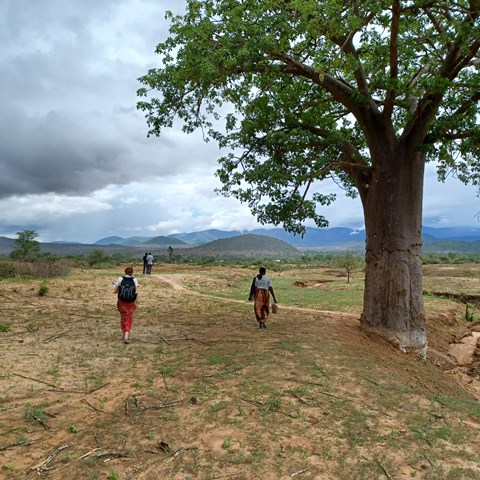Contact
Flora Hajdu
Researcher at the Department of Urban and Rural Development; Division of Rural Development
Telephone: +4618672162
E-mail: flora.hajdu@slu.se
Linda Engström
Researcher at the Department of Urban and Rural Development; Division of Rural Development
Telephone: +4618672641
E-mail: linda.engstrom@slu.se
